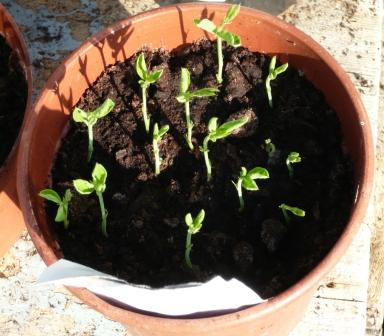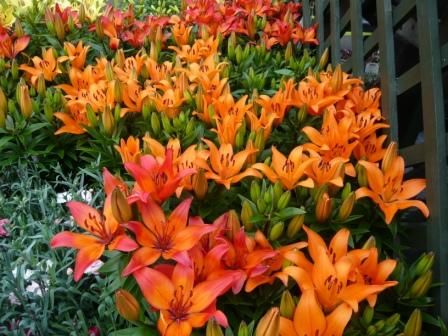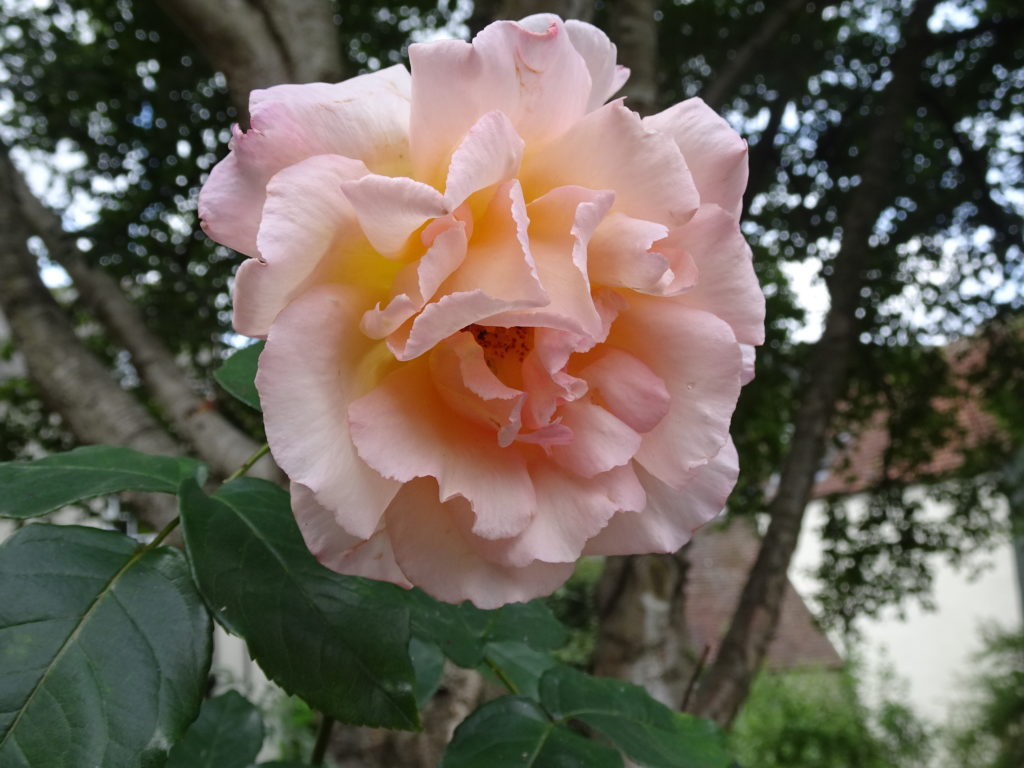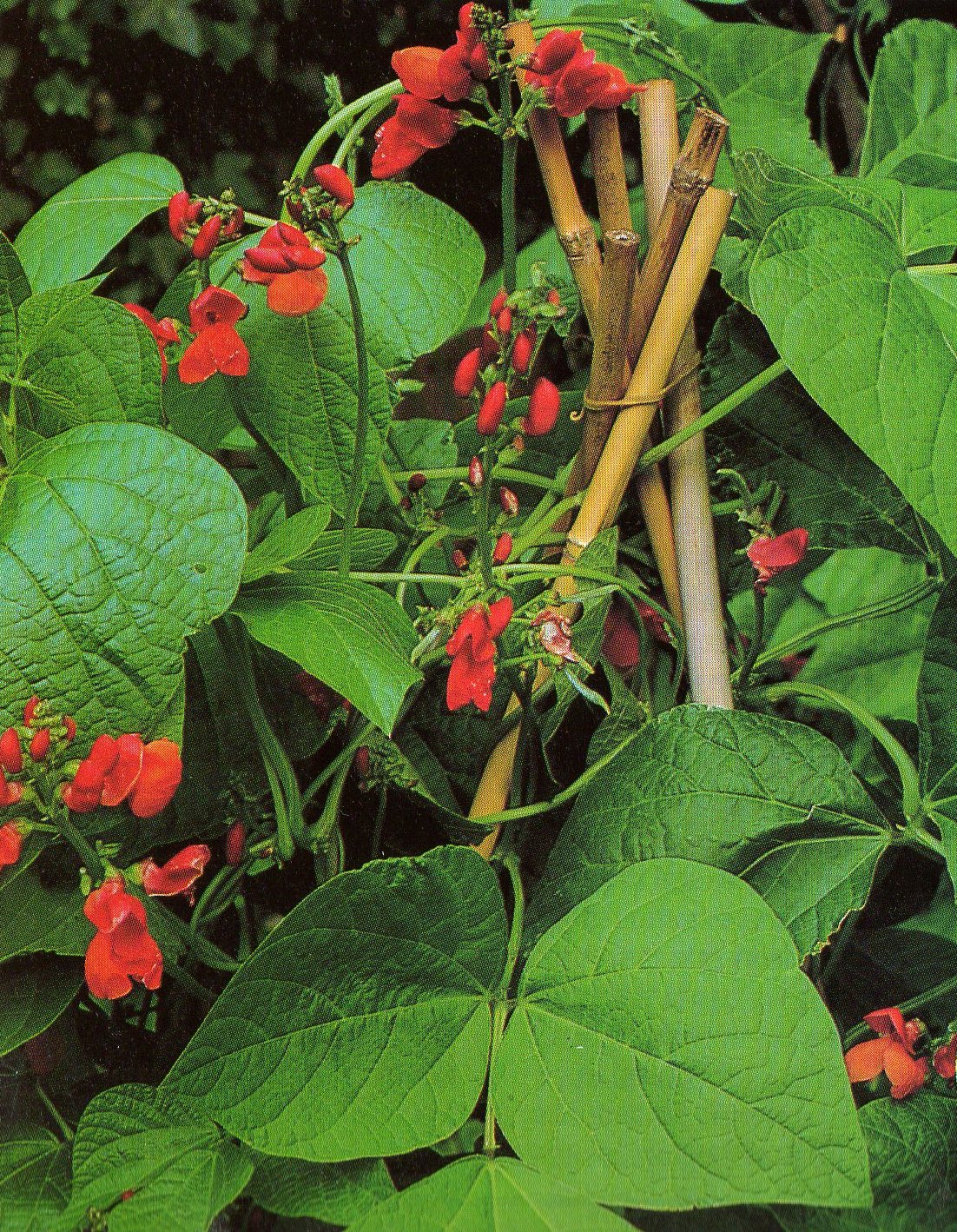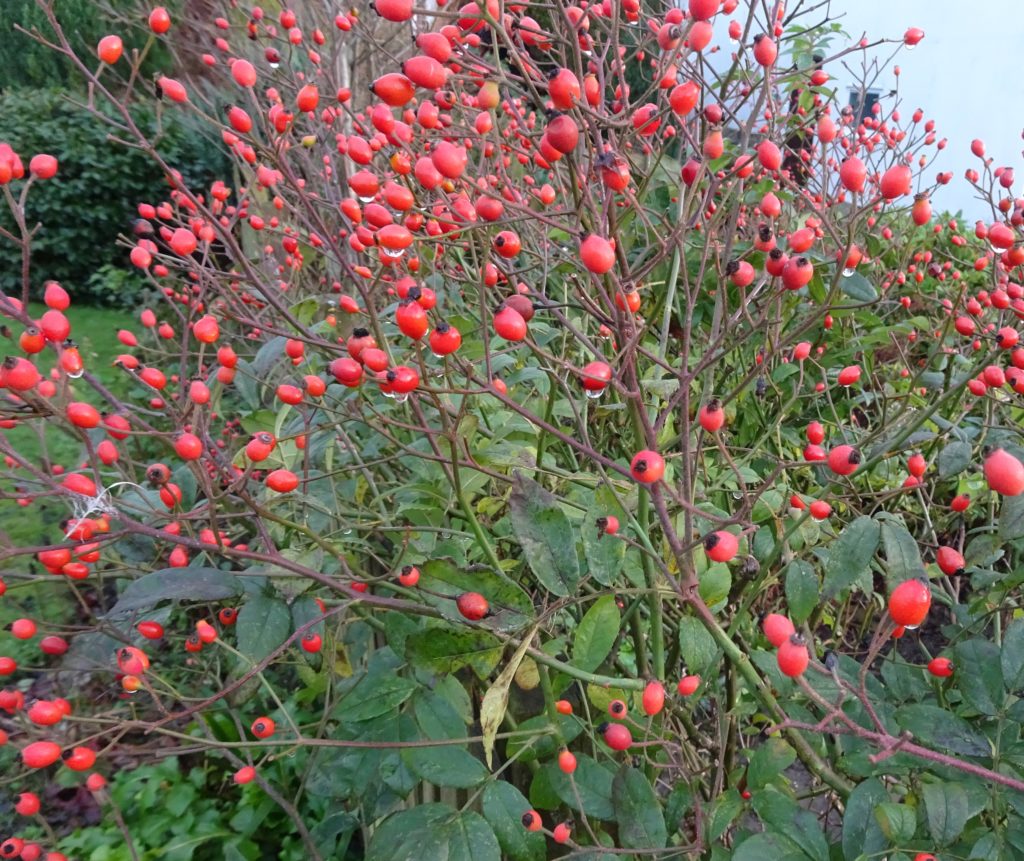Stopping or Pinching Out for New Gardeners
Some plants want to grow their own way without human intervention. It is a gardeners job to try get the best result by growing for crop quality, size of floral display. Knowing what you aim for will help you decide how to train your plants to do what you want not what nature will allow to happen.
- A good example is a tomato plant that will continue to grow taller and produce more leaf and less tomatoes if left to its own devices. So tomato plants are ‘stopped’ when the plant has 5 – 7 flower trusses so the energy goes in to producing fruit not leaves. Nip out the growing tip two leaves above the last flowering truss.
- As tomatoes try to throw side shoots at every opportunity these also need ‘pinching out’ before they sap energy. This is similar to stopping but nipping the side growth with finger and thumb. Bush tomatoes can carry more side shoots but I still constrain mine and it is fatal to allow cordon varieties to run amok.
- Many ornamental plants benefit from restricting the number of flowers by pinching our excess buds. HT Roses, Chrysanthemums and Dahlias that have groups of buds together are among those I dis-bud.
- Dis-budding works well on apples and fruit trees as well. Instead of a clutch of small fruitlets take off all but one of a cluster and let the remainder grow larger.
- Deadheading plants will often encourage another flush of flowers. Once plants set seed they think it is all over but cutting off old flowers delays reproduction of seed. Try this on sweet peas.
